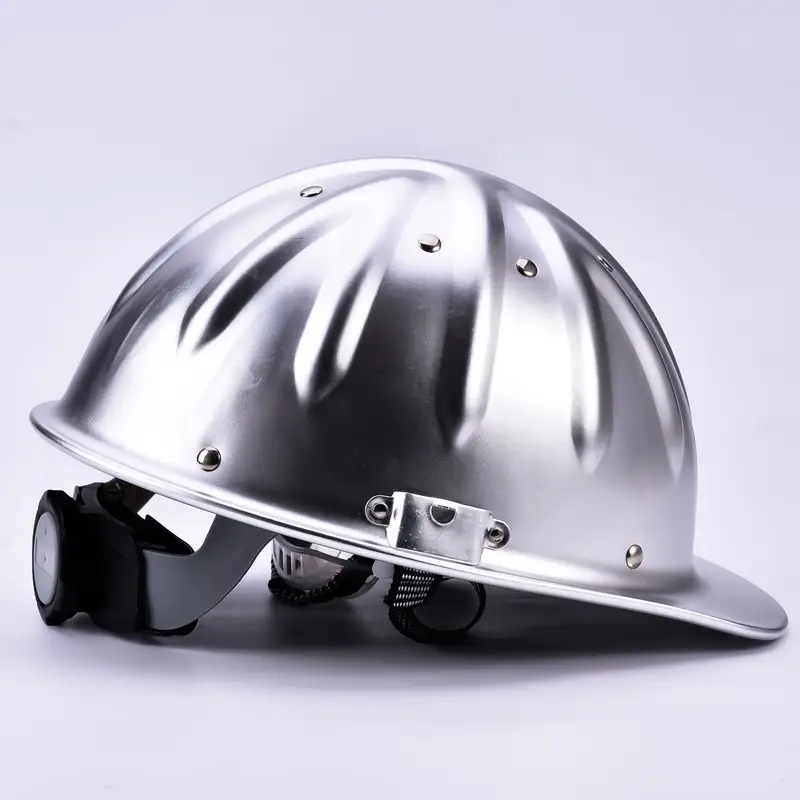Welding helmets are indispensable pieces of personal protective equipment (PPE) that serve as shields against the intense sparks, heat, and harmful rays generated during welding processes. These helmets provide vital protection for welders and other workers in the vicinity. Here’s why welding helmets are essential:
- Eye Protection: Welding produces intense light and UV radiation, which can cause permanent damage to the eyes if left unprotected. Welding helmets are equipped with specialized lenses that automatically darken to shield the eyes from harmful rays, including ultraviolet (UV) and infrared (IR) radiation.
- Face and Head Protection: In addition to protecting the eyes, welding helmets cover the entire face and head. This safeguards the welder from sparks, molten metal, and hot debris that can fly during welding, preventing burns and facial injuries.
- Arc Flash Protection: Welding helmets are designed to protect against arc flash, a hazardous electrical discharge that can occur during welding. The helmets’ lenses darken to reduce the risk of arc flash injuries.
- Welder Comfort: Modern welding helmets are equipped with adjustable headgear and ergonomic designs for comfort during long welding sessions. This encourages welders to keep their helmets on consistently, reducing the risk of accidents.
- Different Welding Processes: Welding helmets are available in various styles and designs, tailored to different welding processes. Whether it’s shielded metal arc welding (SMAW), gas metal arc welding (GMAW), or other methods, there’s a helmet suitable for the task.
- Variable Shade Lenses: Welding helmets often feature variable shade lenses that automatically adjust to the brightness of the welding arc. This ensures optimal visibility while preventing eye strain and damage.
- Grinding Mode: Many welding helmets have a grinding mode that allows welders to perform grinding and cutting tasks without removing the helmet. This convenient feature saves time and maintains safety.
- Respiratory Protection: Some welding helmets are equipped with powered air purifying respirators (PAPR) or supplied air systems to protect against harmful fumes and particles generated during welding processes.
- Customization: Welders can customize their helmets by choosing different lens shades, helmet styles, and accessories to suit their preferences and work requirements.
- Safety Compliance: Using a welding helmet is often mandated by safety regulations and industry standards. Compliance with these regulations is not only essential for the safety of the worker but also for legal and regulatory purposes.
- Long-Term Health: Welding helmets contribute to welders’ long-term health by preventing eye damage, skin burns, and respiratory issues related to inhaling welding fumes.
- Improved Productivity: Welding helmets with advanced features, such as faster switching times and clear state views, can enhance a welder’s efficiency and productivity by allowing them to work with greater precision and comfort.
In summary, welding helmets are a critical element of welder safety. They provide comprehensive protection against the numerous hazards associated with welding processes, ensuring that welders can work effectively while safeguarding their well-being. Using a welding helmet is not just a best practice; it’s a fundamental safety requirement in welding and related trades.


